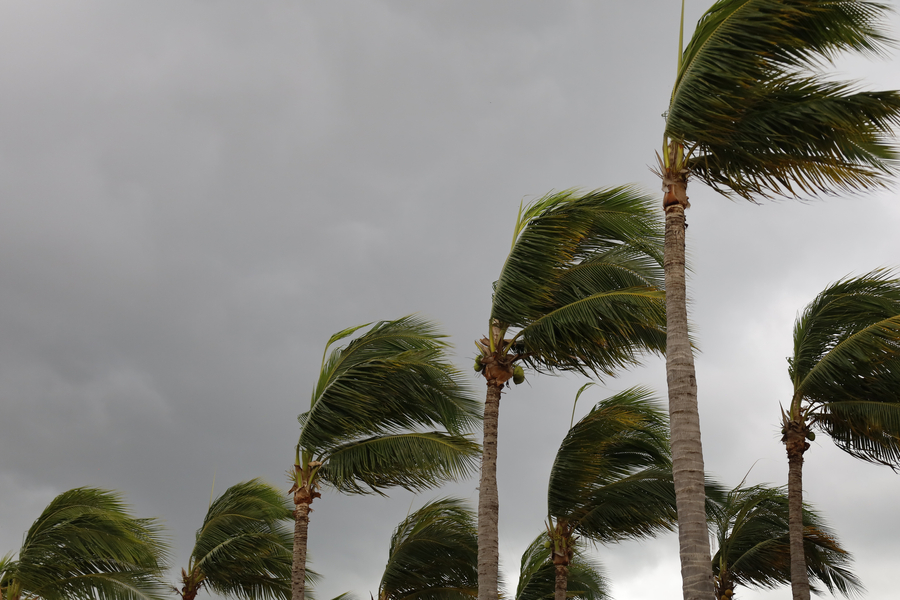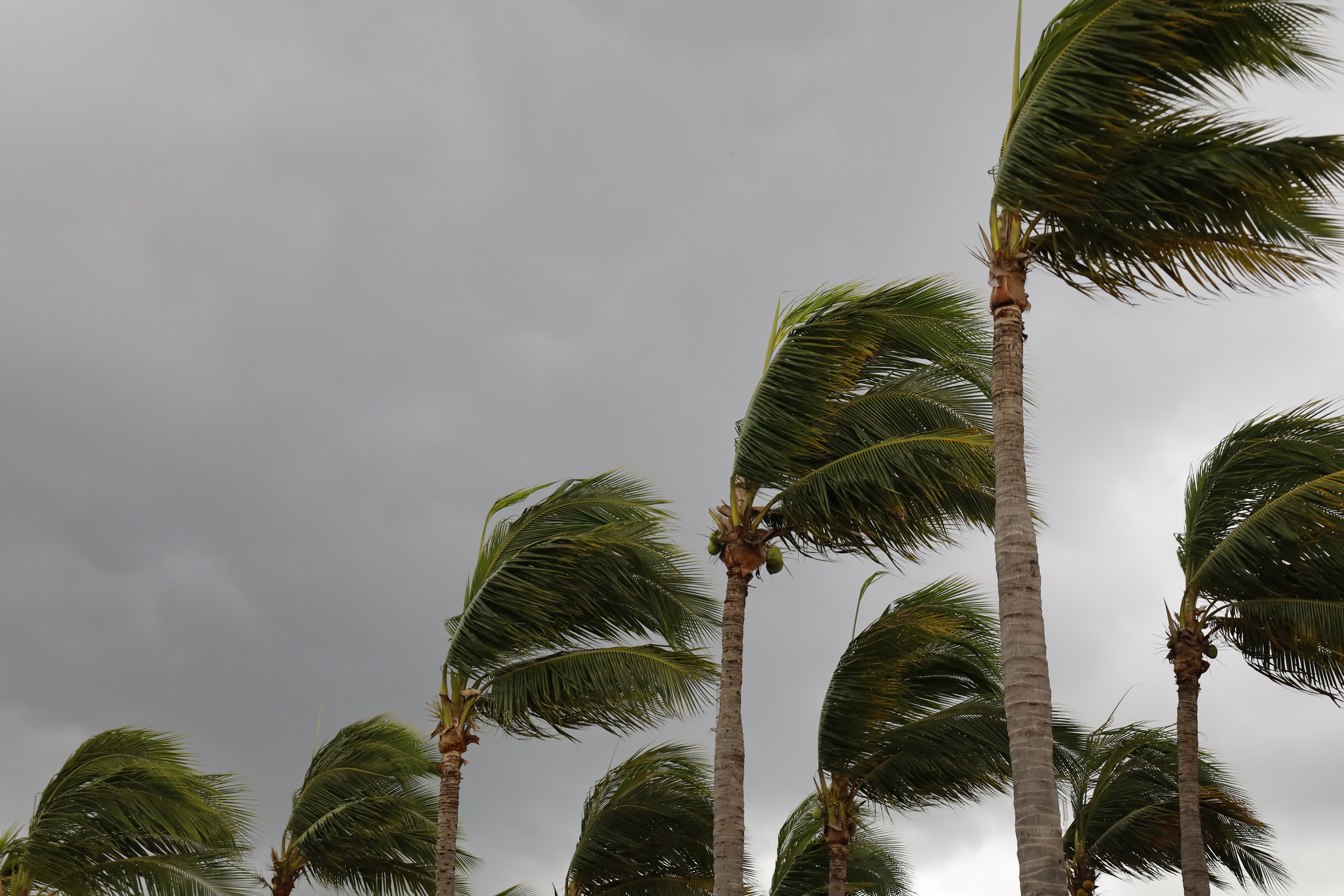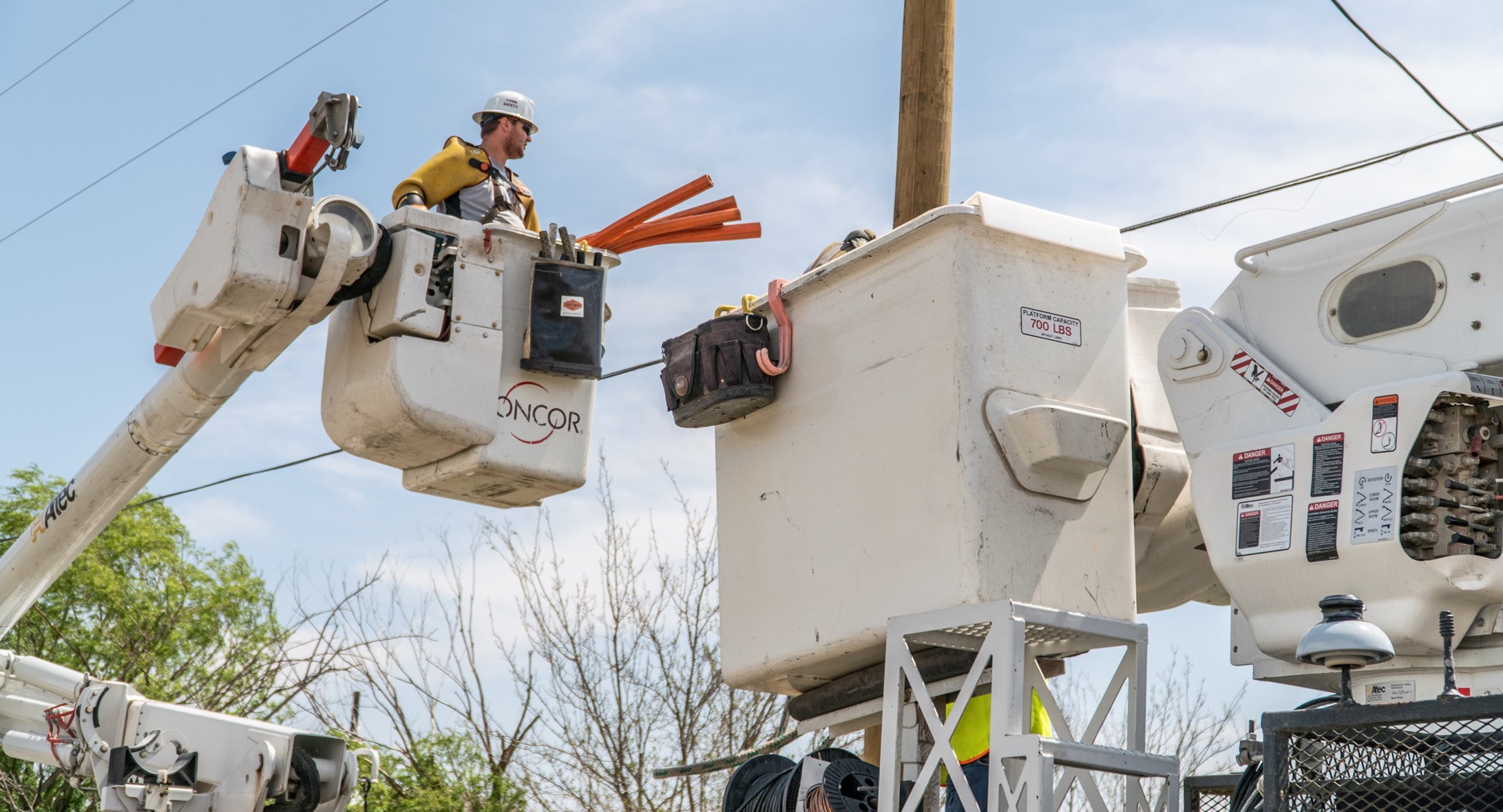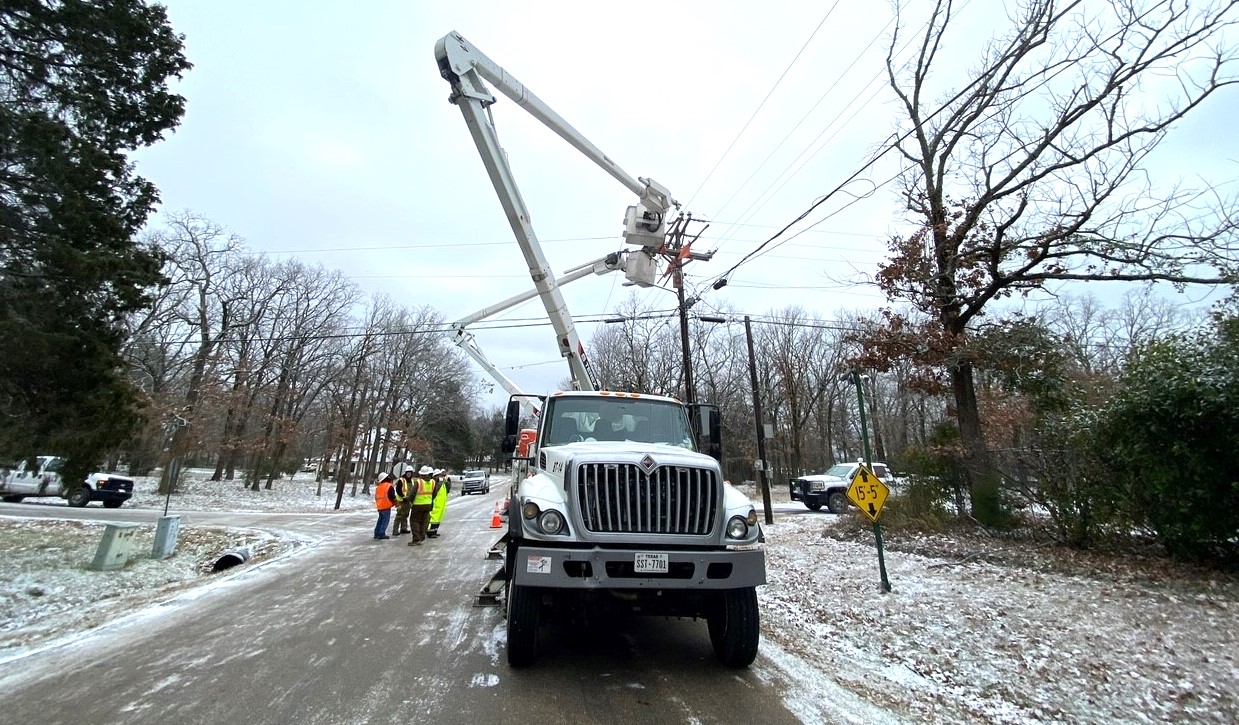-
Contact Us
-
General Inquiries/Service Requests:
- 888.313.6862
-
contactcenter@oncor.com
-
(Mon.-Fri., 8 a.m.-6 p.m. Central Time)
-
For Outages
- 888.313.4747
-
(24/7)
The Atlantic hurricane season is officially underway. It started on June 1 and will end on Nov. 30.
Two reputable, seasonal forecasts have been released by Colorado State University and NOAA (the National Oceanic and Atmospheric Administration). Both forecasts call for slightly above-average tropical cyclone activity this hurricane season.
Tropical Tip: All tropical depressions, tropical storms and hurricanes are considered tropical cyclones.

Something to keep in mind is that these seasonal forecasts apply to the whole Atlantic basin. That includes: the Atlantic Ocean, the Caribbean Sea and the Gulf of Mexico. Additionally, there’s no reliable or accurate way to forecast where all of the expected tropical cyclones in a season will make landfall before they form. For example, it is not guaranteed that the roughly 17 named storms expected by Colorado State this season will all affect the U.S. coast line.
Tropical Tip: Tropical cyclones have different names across different parts of the world. Hurricanes occur over the eastern Pacific Ocean, the Atlantic Ocean, the Caribbean Sea, and the Gulf of Mexico. Typhoons occur over the western Pacific Ocean and cyclones over the Indian Ocean.
Two primary factors considered in making seasonal hurricane forecasts are the influence of either El Niño or La Niña and sea surface temperatures.
Currently, there is not expected to be a strong influence from El Niño or La Niña over the course of hurricane season, as conditions are neutral. The presence of El Niño or La Niña can affect how much wind shear there is near the equator. More wind shear, common in El Niño, often leads to fewer tropical cyclones, as it inhibits development. The opposite is true in La Niña.
Without influence from El Niño or La Niña this hurricane season, a driving factor is sea surface temperature. At a simple level, warmer water favors tropical cyclone development.
As of early June, sea surface temperatures were warmer-than-average across parts of the Atlantic basin. This is expected to contribute to above-average activity this season.

Tropical Tip: Historically, the busiest part of hurricane season is mid-August to mid-October.
While Oncor does not have any facilities located within a hurricane evacuation zone (as defined by the Texas Division of Emergency Management), the company has a proud history of supporting neighboring utility partners through mutual assistance partnerships. Through these partnerships, Oncor is able to assist in relief efforts across the country during hurricane season.
Oncor encourages all customers with property or interests in hurricane evacuation zones to monitor tropical weather forecasts throughout hurricane season and respond accordingly.









